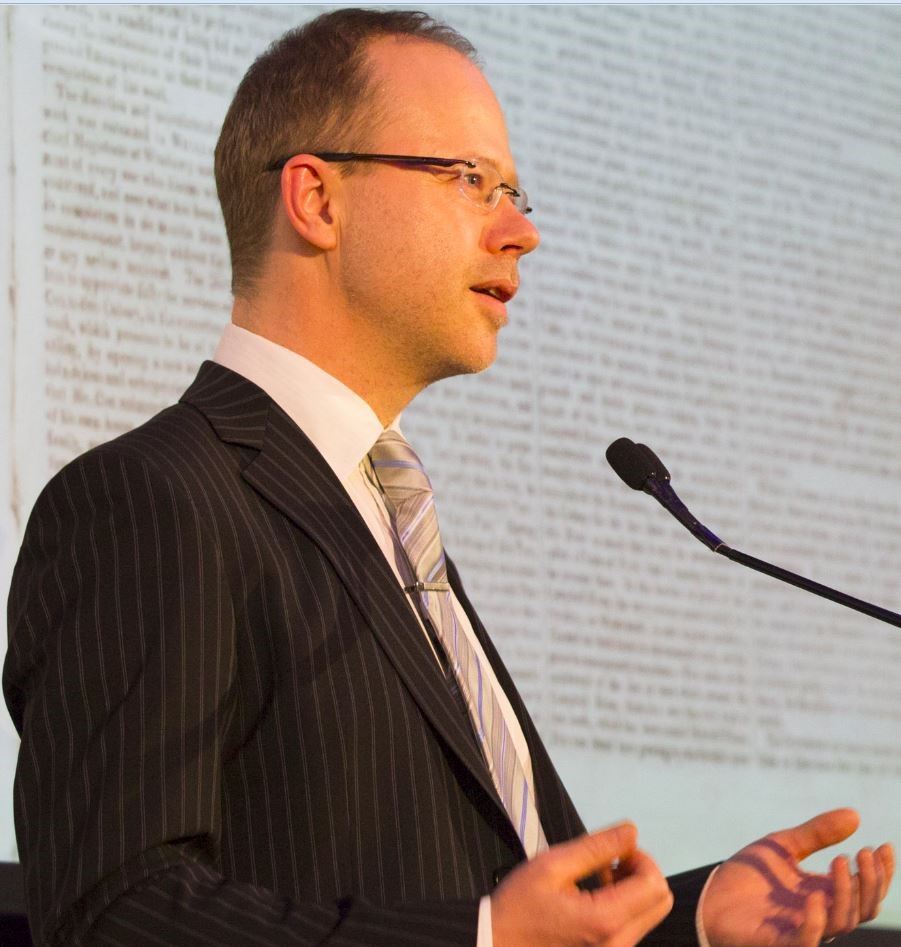Sample Syllabus:
Week 1: Introduction and Overview—Exploration and Colonisation of the Great South Land
- – The myth of the antipodes—the allure of the great south land
- – Gaps in maps—spaces for the imagination
Weeks 2–4: Fantasies of the Antipodes
- – The role of imaginary voyage texts—blending reality with fantasy, pre-programming colonisation
- – Myths of extreme difference
- – Myths of Indigenous populations’ welcoming attitude to colonial intrusion
- – Theories of otherness
Weeks 3–5: Entering the Antipodes
- – Early explorers’ contradictory responses to Terra Australis Incognita
- – Utopias and dystopias
- – First contact with Indigenous people—the concept of ‘terra nullius’ framed by myths
Weeks 6–8: Images of Contemporary Australia: Enduring Myths
- – The myth of terra nullius and the impact on Indigenous Australia
- – The ‘dead heart’ of Australia as the last unfathomed antipodean space
Sample Focus Questions:
1. In the traditional reading of the ‘rise of science’, developing scientific orders of knowledge effectively triumphed over mythic knowledge, by reliably and objectively describing the world ‘as it was’. The process of discovery was widely accepted as simply exposing the world to the European view. And yet, the apparently simple, causal correspondence, whereby scientific knowledge gradually supplanted mythology, was arguably far more complex. Imagining and mythologising continued, in literary fiction and cartography—as it did in many other forms of textual representation—even alongside a growing store of empirical knowledge. Why was this so? Do we have as influential myths today?
2. At the beginning of the early modern period, maps were unashamedly speculative. They were canvases for creative cartographers, many of whom were also painters or engravers. The less knowledge there was of the world beyond Europe’s boundaries, the more scope there was for maps to be inventive, blending received knowledge with fictional projection. In time, as protoscientific ways of seeing and measuring the world gained popularity, cartographers’ attempts to represent the mythic imaginary alongside authenticated information were gradually superseded by the more pragmatic modern approach of exposing the remaining gaps in knowledge and filling them in as accurately as possible. How is cartography different today from the seventeenth century when the first Europeans visited the antipodes? How did explorers make maps when they could not yet measure longitude?
[extract]
Arthur, Paul Longley. Teaching and Learning Guide for “Antipodean Myths Transformed: The Evolution of Australian Identity,” History Compass 6, no. 5 (2008): 1394–99. doi: 10.1111/j.1478-0542.2008.00547.x.






